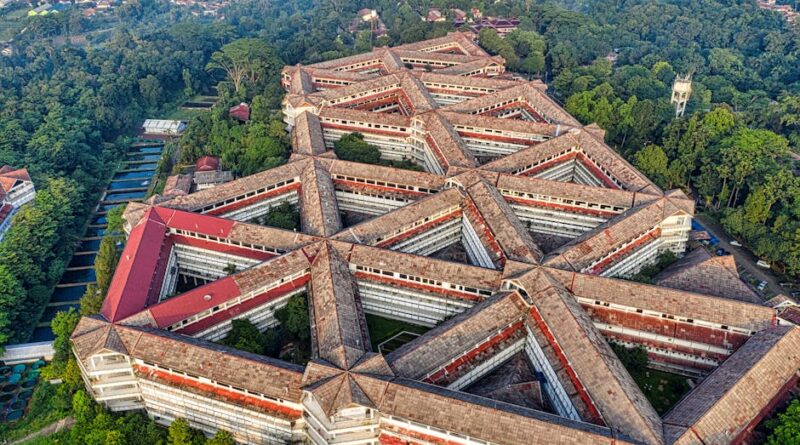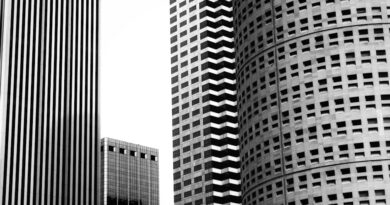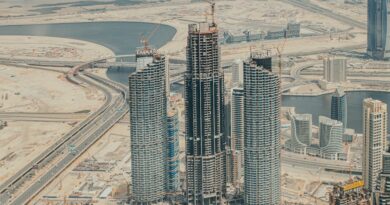Capturing Unique Perspectives with Drone Photography
When it comes to photography, the sky is no longer the limit. With the advent of drone technology, photographers now have the ability to capture breathtaking aerial shots that were once only possible with expensive helicopters or airplanes. Drone photography has opened up a whole new world of creative possibilities, allowing photographers to explore unique perspectives, angles, and compositions that were previously out of reach. In this article, we delve into the fascinating world of capturing unique perspectives with drone photography, exploring the history, current applications, and future implications of this exciting field.
The Evolution of Drone Photography
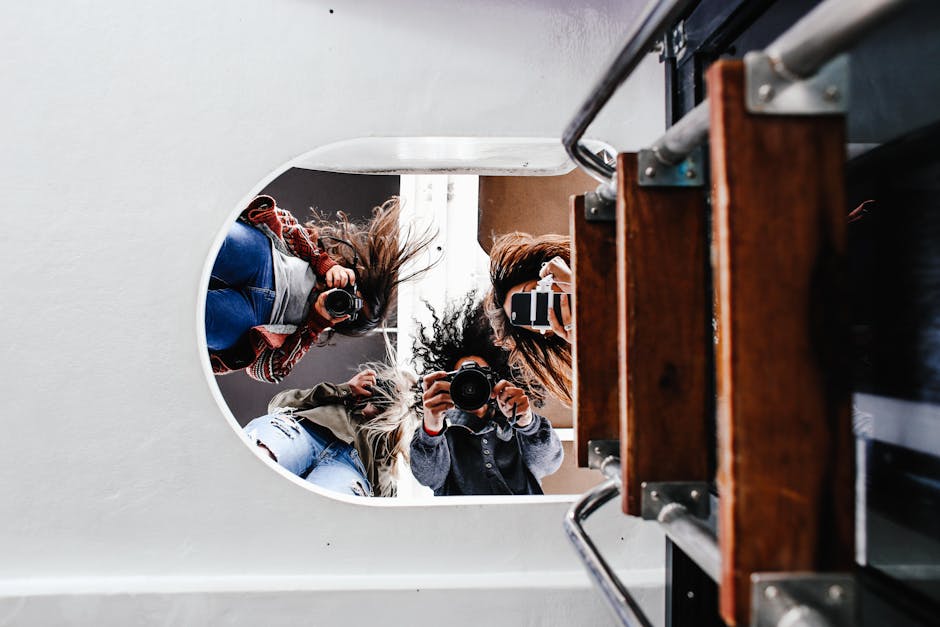
Drone photography has come a long way since its inception. In the early days, drones were primarily used for military and surveillance purposes. However, as the technology became more accessible and affordable, photographers began to experiment with using drones to capture stunning aerial shots. One of the pioneers in the field of drone photography is photographer George Steinmetz, who used a custom-built drone to capture aerial images of landscapes and wildlife in remote locations.
Steinmetz’s work inspired a new generation of photographers to explore the creative possibilities of drone photography. Today, drones come in all shapes and sizes, equipped with high-resolution cameras and advanced stabilization systems that allow photographers to capture smooth, professional-quality aerial shots. From sweeping landscapes to intimate close-ups, the possibilities are endless when it comes to capturing unique perspectives with drone photography.
The Art of Composition in Drone Photography
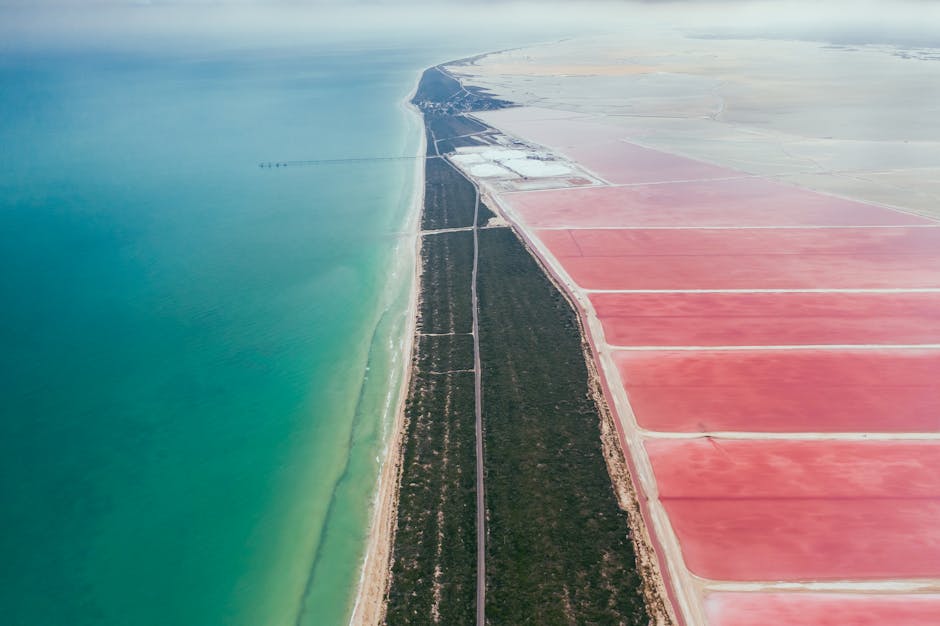
Composition is key in any form of photography, and drone photography is no exception. When capturing aerial shots, photographers must consider factors such as framing, perspective, and lighting to create visually compelling images. One of the challenges of drone photography is the lack of a viewfinder, which makes it difficult to precisely frame a shot. However, experienced drone photographers have mastered the art of composition, using the drone’s live feed and GPS positioning to align their shots with precision.
Another important aspect of composition in drone photography is perspective. By changing the altitude, angle, and distance of the drone, photographers can create dynamic compositions that draw the viewer’s eye and evoke a sense of depth and scale. Whether capturing a bird’s eye view of a bustling city or a close-up of a natural landmark, drone photographers have the ability to tell compelling visual stories through their images.
Applications of Drone Photography
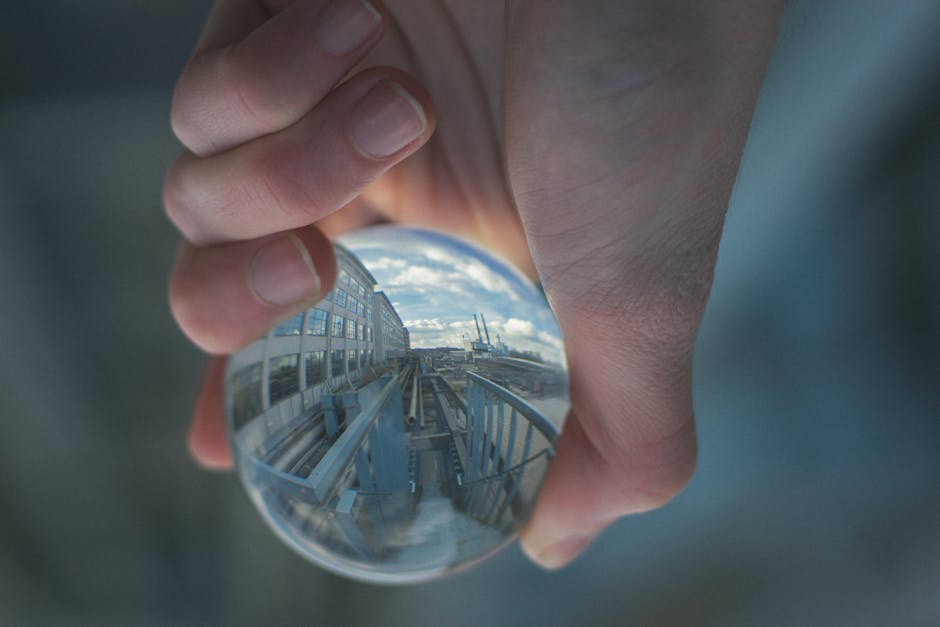
Drone photography has a wide range of applications across various industries. In the real estate sector, drones are used to capture aerial shots of properties, providing potential buyers with a unique perspective of the layout and surroundings. Similarly, in the construction industry, drones are used to monitor project progress, conduct site surveys, and identify potential safety hazards from above.
In the field of agriculture, drones are used to monitor crop health, assess irrigation needs, and detect pest infestations. By capturing aerial images of farmland, farmers can make informed decisions about crop management and improve overall productivity. Drones are also used in search and rescue operations, environmental monitoring, and disaster response, where their ability to access hard-to-reach areas provides invaluable support to first responders.
The Future of Drone Photography
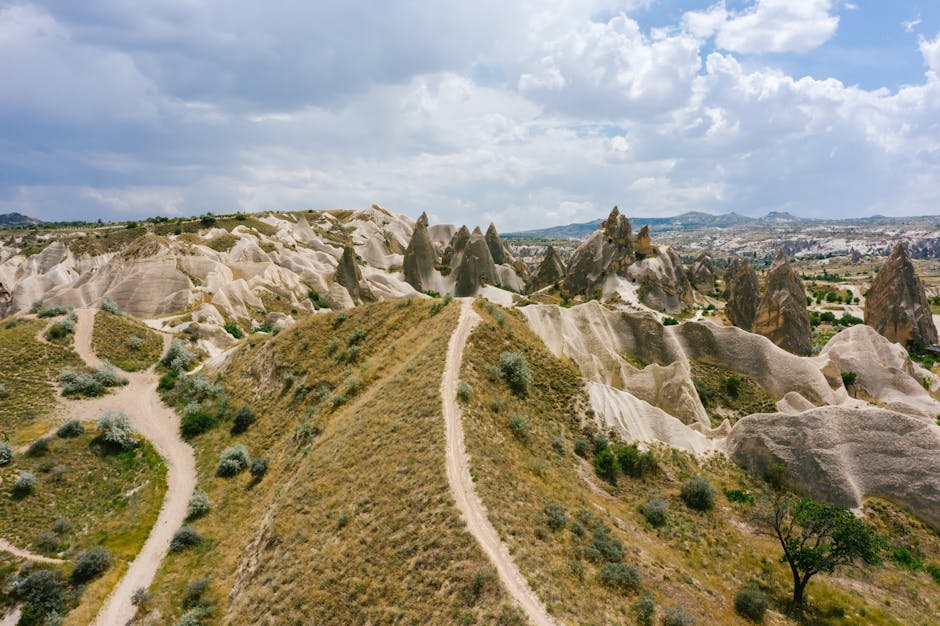
As technology continues to advance, the future of drone photography looks promising. New innovations such as obstacle avoidance systems, object tracking, and autonomous flight modes are making it easier for photographers to capture stunning aerial shots with minimal effort. Drones are also becoming more affordable and user-friendly, making them accessible to a wider range of hobbyists and professionals.
One exciting development in the field of drone photography is the use of artificial intelligence (AI) to enhance image quality and automate the editing process. AI-powered drones can analyze images in real-time, adjusting settings such as exposure, white balance, and composition to produce visually stunning results. This technology has the potential to revolutionize the way photographers capture and edit aerial shots, opening up new creative possibilities and pushing the boundaries of visual storytelling.
Challenges and Controversies
While drone photography offers a wealth of creative opportunities, it also presents challenges and controversies that need to be addressed. One of the main concerns surrounding drone photography is privacy. Drones equipped with cameras have the potential to intrude on people’s private spaces and capture sensitive information without their consent. To mitigate these risks, many countries have implemented regulations and guidelines governing the use of drones for photography.
Another challenge is the issue of safety, particularly in crowded or restricted airspace. Drones must be operated responsibly to avoid collisions with other aircraft, buildings, or people. As drone technology continues to evolve, it is essential for operators to stay informed about the latest regulations and best practices to ensure the safety of both the drone and the surrounding environment.
Common Misconceptions about Drone Photography
Despite its growing popularity, drone photography is still surrounded by misconceptions and myths. One common misconception is that drone photography is only suitable for capturing aerial landscapes. While landscapes are a popular subject for drone photographers, drones can also be used to capture a wide range of subjects, from portraits to action shots to architectural details.
Another misconception is that drone photography is a simple point-and-shoot process. In reality, capturing high-quality aerial shots requires skill, practice, and an understanding of photography principles such as composition, lighting, and exposure. Experienced drone photographers invest time and effort in honing their craft, experimenting with different techniques, and pushing the boundaries of creative expression.
Conclusion
In conclusion, drone photography offers a unique opportunity to capture perspectives that were once out of reach. From sweeping aerial landscapes to intricate close-ups, drones have revolutionized the way photographers approach their craft, opening up a world of creative possibilities. As technology continues to advance and regulations evolve, the future of drone photography looks bright, with exciting innovations on the horizon.
Whether you’re a seasoned professional or a novice enthusiast, drone photography invites you to explore the world from a new vantage point, challenging you to see familiar subjects in a fresh light. So grab your drone, take to the skies, and discover the endless possibilities of capturing unique perspectives with drone photography.

